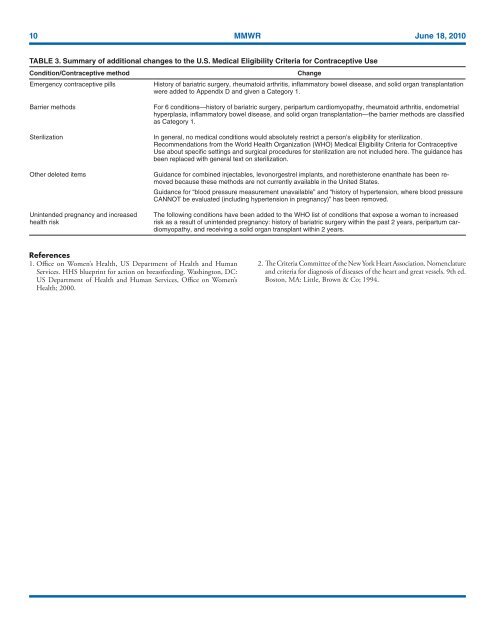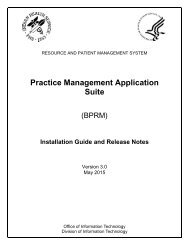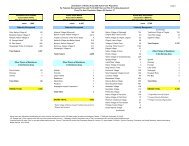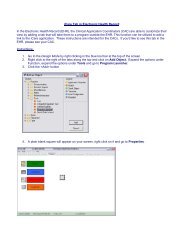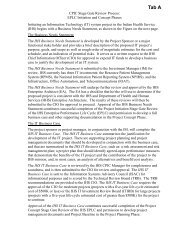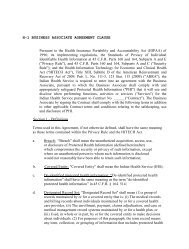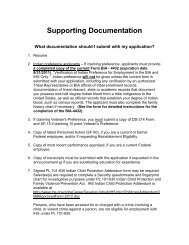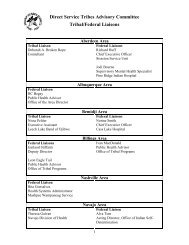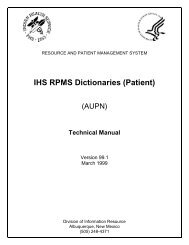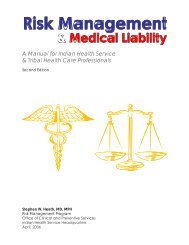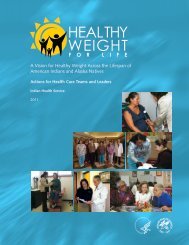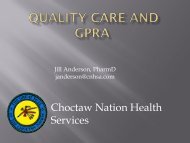CDC Article-US Medical Eligibility Criteria for Contraceptive Use, 2010
CDC Article-US Medical Eligibility Criteria for Contraceptive Use, 2010
CDC Article-US Medical Eligibility Criteria for Contraceptive Use, 2010
You also want an ePaper? Increase the reach of your titles
YUMPU automatically turns print PDFs into web optimized ePapers that Google loves.
10 MMWR June 18, <strong>2010</strong><br />
TABLE 3. Summary of additional changes to the U.S. <strong>Medical</strong> <strong>Eligibility</strong> <strong>Criteria</strong> <strong>for</strong> <strong>Contraceptive</strong> <strong>Use</strong><br />
Condition/<strong>Contraceptive</strong> method<br />
Emergency contraceptive pills<br />
Change<br />
History of bariatric surgery, rheumatoid arthritis, inflammatory bowel disease, and solid organ transplantation<br />
were added to Appendix D and given a Category 1.<br />
Barrier methods<br />
Sterilization<br />
Other deleted items<br />
Unintended pregnancy and increased<br />
health risk<br />
For 6 conditions—history of bariatric surgery, peripartum cardiomyopathy, rheumatoid arthritis, endometrial<br />
hyperplasia, inflammatory bowel disease, and solid organ transplantation—the barrier methods are classified<br />
as Category 1.<br />
In general, no medical conditions would absolutely restrict a person’s eligibility <strong>for</strong> sterilization.<br />
Recommendations from the World Health Organization (WHO) <strong>Medical</strong> <strong>Eligibility</strong> <strong>Criteria</strong> <strong>for</strong> <strong>Contraceptive</strong><br />
<strong>Use</strong> about specific settings and surgical procedures <strong>for</strong> sterilization are not included here. The guidance has<br />
been replaced with general text on sterilization.<br />
Guidance <strong>for</strong> combined injectables, levonorgestrel implants, and norethisterone enanthate has been removed<br />
because these methods are not currently available in the United States.<br />
Guidance <strong>for</strong> “blood pressure measurement unavailable” and “history of hypertension, where blood pressure<br />
CANNOT be evaluated (including hypertension in pregnancy)” has been removed.<br />
The following conditions have been added to the WHO list of conditions that expose a woman to increased<br />
risk as a result of unintended pregnancy: history of bariatric surgery within the past 2 years, peripartum cardiomyopathy,<br />
and receiving a solid organ transplant within 2 years.<br />
References<br />
1. Office on Women’s Health, <strong>US</strong> Department of Health and Human<br />
Services. HHS blueprint <strong>for</strong> action on breastfeeding. Washington, DC:<br />
<strong>US</strong> Department of Health and Human Services, Office on Women’s<br />
Health; 2000.<br />
2. The <strong>Criteria</strong> Committee of the New York Heart Association. Nomenclature<br />
and criteria <strong>for</strong> diagnosis of diseases of the heart and great vessels. 9th ed.<br />
Boston, MA: Little, Brown & Co; 1994.


